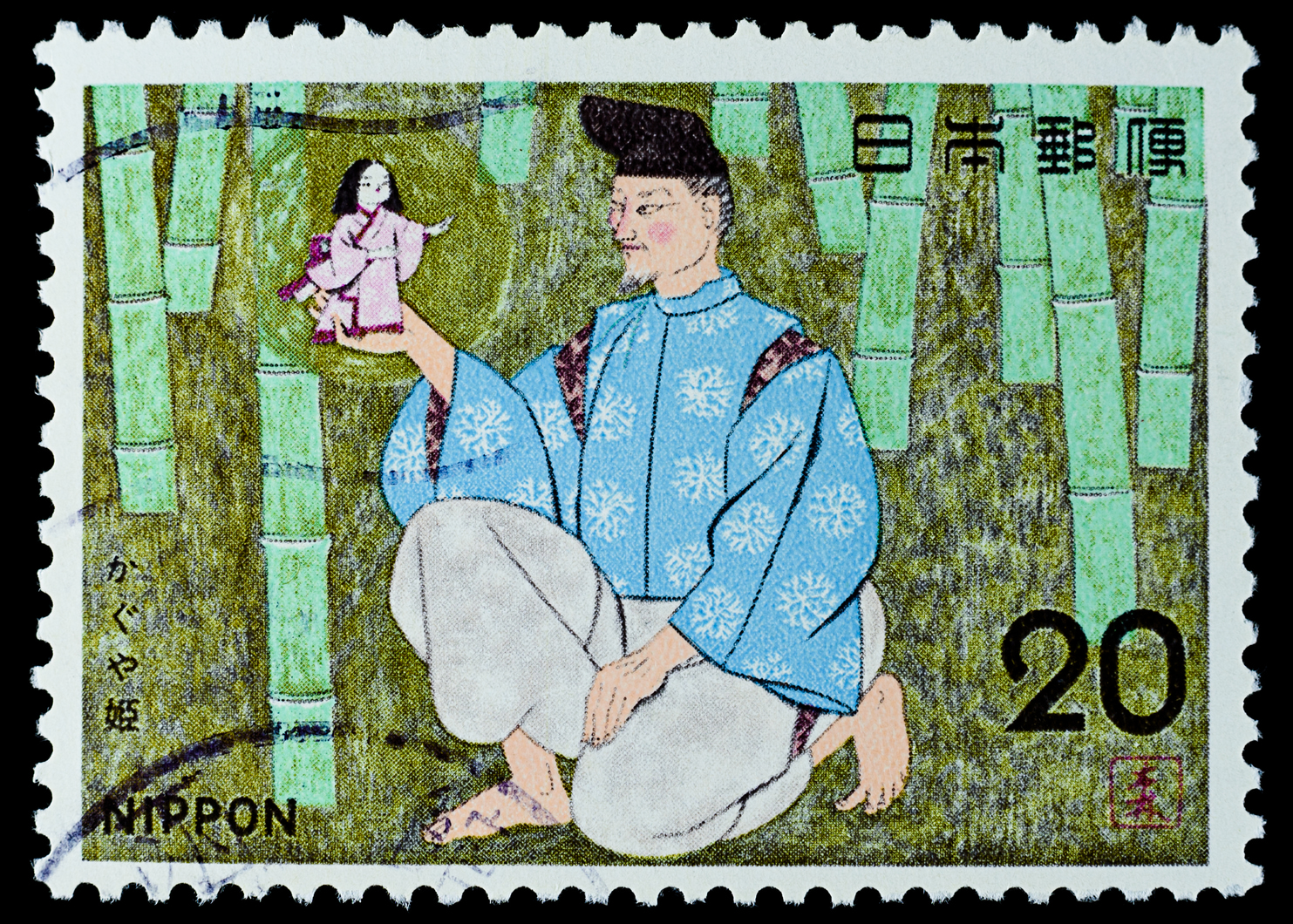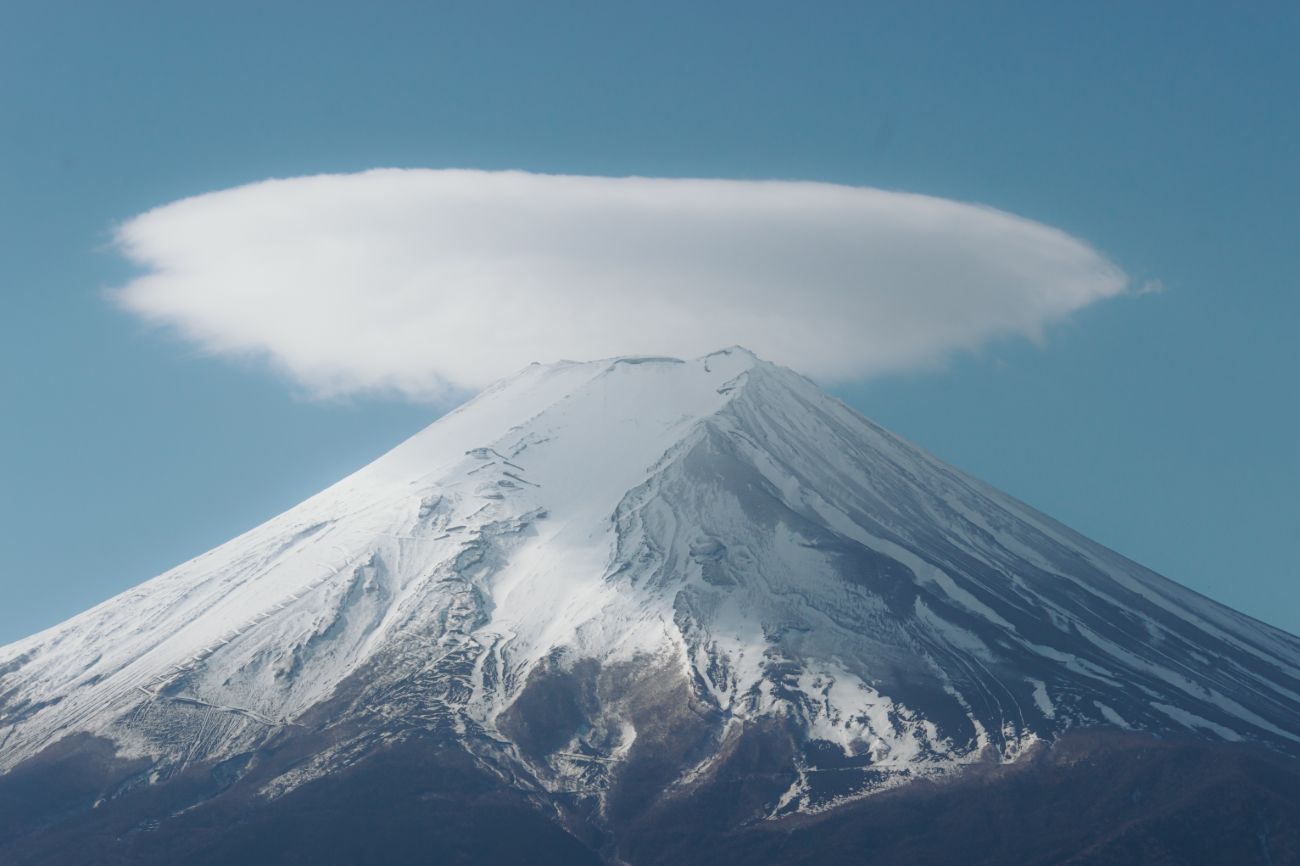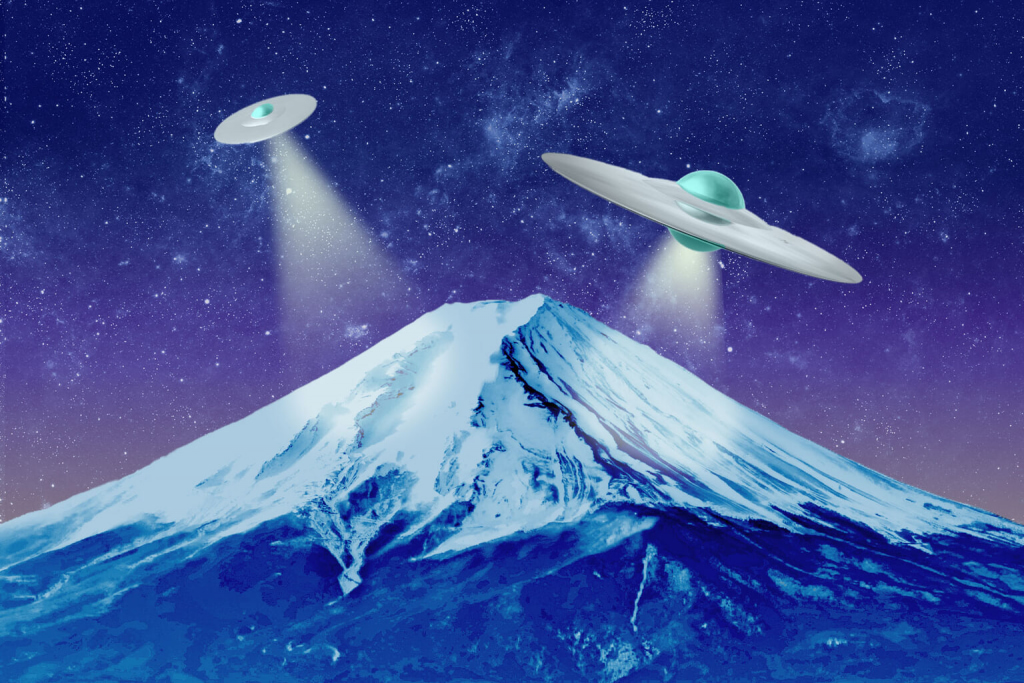You’ve probably seen a lot of extraterrestrial content coming out of the US, but what about UFOs in Japan? We’ll get to that, but first, let’s talk about the shift from conspiracy to legitimate public discourse concerning UFO matters.
There was a time, not so long ago, when uttering the words “UFO” or “extraterrestrial in origin” would elicit an eye roll from your wearying audience and a suggestion that perhaps you’d look dashing in a tinfoil hat. But this supernatural language that was once the exclusive domain of sci-fi dramatists and people in Louis Theroux documentaries is now being used freely within the Overton window – that is, within the realm of legitimate public discourse.
The Watershed Moment for UFOs
It all started with The New York Times publishing a series of articles in 2017 about a secret Pentagon program, authenticating UFOs as a subject of proper journalistic intrigue. Since then, sightings of mysterious airborne objects by pilots in the US Navy, the Japanese SDF, the British RAF and even the Chinese Airforce have been reported (and re-reported) in international media. Meanwhile, the tale of Bob Lazar, an American whistleblower who claimed to have reverse-engineered alien spacecraft as part of a top-secret program in the 1980s, resurfaced with a Netflix documentary and an appearance on Joe Rogan’s podcast amassing over 15 million views.
One of the better offerings on @netflix, especially for those who listened to Lazar share deep-world secrets on @coasttocoastam 20-plus years ago 🛸
Bob Lazar: Area 51 & Flying Saucers pic.twitter.com/EHNC4CcTX0
— Marc Sessler (@MarcSessler) May 25, 2021
The watershed moment for global UFO study came in April 2020 when the US Department of Defense released videos of unidentified objects in the sky. That was followed by an unclassified report revealed to Congress in July. The report – the first of its kind – provided “an overview for policymakers of the challenges associated with characterizing the potential threat posed by UAP” – meaning Unidentified Aerial Phenomena. This is the new, destigmatized acronym for strange objects detected in our terrestrial skies. Since we’re not ready for UAP just yet, we’ll keep using the term UFO here.
With the world’s most influential democracy making such a statement of intent, it was only a matter of time before its global peers followed suit. In Japan, however, the foundations of UFO curiosity had already been laid.
In 2020, Congress ordered the Pentagon to produce a report on UFOs. The nine-page report doesn’t say what the 144 sightings from 2004 to 2021 are, but does say that the government wants to collect better data. https://t.co/RWgiSMESl8
— Astronomy Magazine (@AstronomyMag) September 7, 2021
Japan and the Supernatural World
Japan has never been uncomfortable with ideas of the supernatural. Look at Lafcadio Hearn, who rose to literary stardom in the late 19th century by gathering and retelling ghostly tales from regional Japanese folklore. Or the students who still flock to shrines in their thousands to pray to the gods – gods they otherwise don’t give a toss about – in a bid for good exam results.
All kinds of beliefs and superstitions permeate Japanese culture too. There’s the unlucky number four, which signifies death. The even unluckier number 43 can signify stillbirth. Or perhaps the unluckiest number of all, 49, which can signify suffering until the grave.
UFOs in Japan Throughout History and Popular Culture
Though aliens and close encounters are more associated with Western supernaturality, they also appear in the annals of Japanese history. The Tale of the Bamboo Cutter, which centers on a princess not of this world, is one of the most famous Japanese myths of all. It has been in the repertoire of campfire raconteurs for over 1,000 years. the Edo period (1603–1868) legend Utsuro-bune is yet stranger, describing a beautiful woman who arrived in Japan via an unusual vessel. Early 19th century illustrations of the “hollow ship” eerily resemble our modern image of the flying saucer.
Japan’s Most Famous UFO Sighting “Utsurobune” Pre-Dates Similar American Sightings, Like the Roswell UFO Incident, by Over 100 Years https://t.co/D3p1k9eEGV pic.twitter.com/YZFFRkY9Ct
— Tokyo Fashion (@TokyoFashion) June 29, 2020
Extraterrestrials remained in the collective imagination throughout the 1900s. There was Koji Shima’s 1956 pulp sci-fi thriller Warning from Space. Then there was the seminal 1978 arcade shooter game Space Invaders developed by Taito. And Japan even had a high-profile alien abduction claim in the 1980s. A former first lady, Miyuki Hatoyama, publicly stated that she’d been abducted by a triangular-shaped UFO.
Believers in the occult have also identified UFO-sighting “hotspots” across Japan, from Takayama City to Mt. Takao to Shibuya’s Meiji Shrine, all of which are said to be at their most active in summer.

A stamp showing The Tale of the Bamboo Cutter. Editorial credit: Nicescene / Shutterstock.com
UFOs in the Discourse of Japanese Politicians
Even as recently as 2007, when the ruling Fukuda administration assured the public it had never considered measures against the possible arrivals of UFOs, members of the government were making statements at loggerheads with this claim. That same year, former Chief Cabinet Secretary Nobutaka Machimura said he believed UFOs “definitely exist,” – to the mirth of a roomful of reporters. While Taro Aso, a man who remains in office and has never shied away from his belief in curses, talked of UFOs in a Diet discussion a couple of years earlier.
RT @UFOnewsDaily Wikileaks: Japan’s Chief Cabinet Secretary Nobutaka Machimura stated I am sure UFOs Exist, UFO Sighting News http://t.co/Xc
— UFO捜索隊 (@ufoWatcherbot) September 3, 2011
Where the recent resurfacing of the UFO conversation differs, is in its framing. The traditional narrative of speculative supernatural visitors is shifting to one of rigorous observations of unidentified objects in the sky and what, if anything, we should do about them.
Japan’s Modern Approach to UFOs
In September last year, Japan’s then-Defense Minister Taro Kono, ordered the SDF to follow UFO protocols for dealing with unidentified aerial objects that could pose a threat to Japan’s national security. The announcement followed a meeting in Guam with Mark Esper, who was the US Defense Secretary at the time. During that meeting, Kono and Esper talked about defense cooperation with respect to dealing with unidentified aerial phenomena.
Notably, Japan’s policy doesn’t explicitly state anything to do with extraterrestrials. Rather, the procedures are within the current legal framework to deal with airspace incursion by foreign military aircraft, under which radar scrambling, intimidation and ultimately force can be used.
Former Defense Minister Taro Kono gives his first ministerial instructions on UFO sightings: Take as many photos as possible, and keep records.https://t.co/cUn5FWiNmN pic.twitter.com/mW6TSDwVry
— The Japan News (@The_Japan_News) September 17, 2020
Kono maintained that UFOs are “indistinguishable objects, not objects from space.” The protocols operate under that assumption, focusing on how to record these objects for further analysis with hopes of preventing threats to Japan’s national security.
Reignited Interest in UFOs in Japan
Reports suggest this renewed government interest has galvanized independent Japanese UFO interest too. A poll from the YouGov-Cambridge Globalism Project, released in January 2021, suggested as many as one in five Japanese believed humanity had made secret contact with aliens. Several months later, the International UFO Laboratory was established near Mount Senganmori in Fukushima. The official date of its foundation was June 24, World UFO Day.
A UFO research institute has just opened in Fukushima. Located near Mt. Senganmori – where a bunch of UAPs have been sighted over the years – it hopes to also revitalize the small town of Iino, turning it into a UFO gathering spot of sorts.https://t.co/8aWtXpEDMa pic.twitter.com/Kp4UYQSqOA
— UncannyJapan (@UncannyJapan) June 27, 2021
The institute, which has received the support of the Fukushima City government, is the only one in Japan focused exclusively on UFO study. Its location is also significant, with the nearby pyramidal mountain – known for its strong magnetic field – a frequent UFO sighting location since the 1970s.
So, Where Are the Aliens?
Though we may want to believe these strange phenomena are directed by intelligent control, there are other potential explanations. UFO sightings could be airborne clutter, like balloons and birds, or atmospheric phenomena, like ice crystals and thermal fluctuations, both of which can register on radar systems. Some purport they are craft controlled by foreign adversaries or even a result of malfunctioning detection equipment.

Photo by Lisa Knight
That said, when numerous state-of-the-art radar systems are simultaneously detecting the same phenomena, reading errors are unlikely. Moreover, the complex flight patterns exhibited by some of the phenomena are far beyond the capabilities of any technology – or birds – known on earth. Even for China or the US to create such propulsion systems in a vacuum would be highly improbable.
Whatever is currently enlivening our skies will probably remain a mystery for some time yet. But through international government policies to address the unidentified sightings, national defense budgets directed into these projects and discourse veering away from the distinctly occult, UFOs (or UAPs) have finally been legitimized. And these are the first, yet absolutely vital steps, if we ever hope to get an answer.









